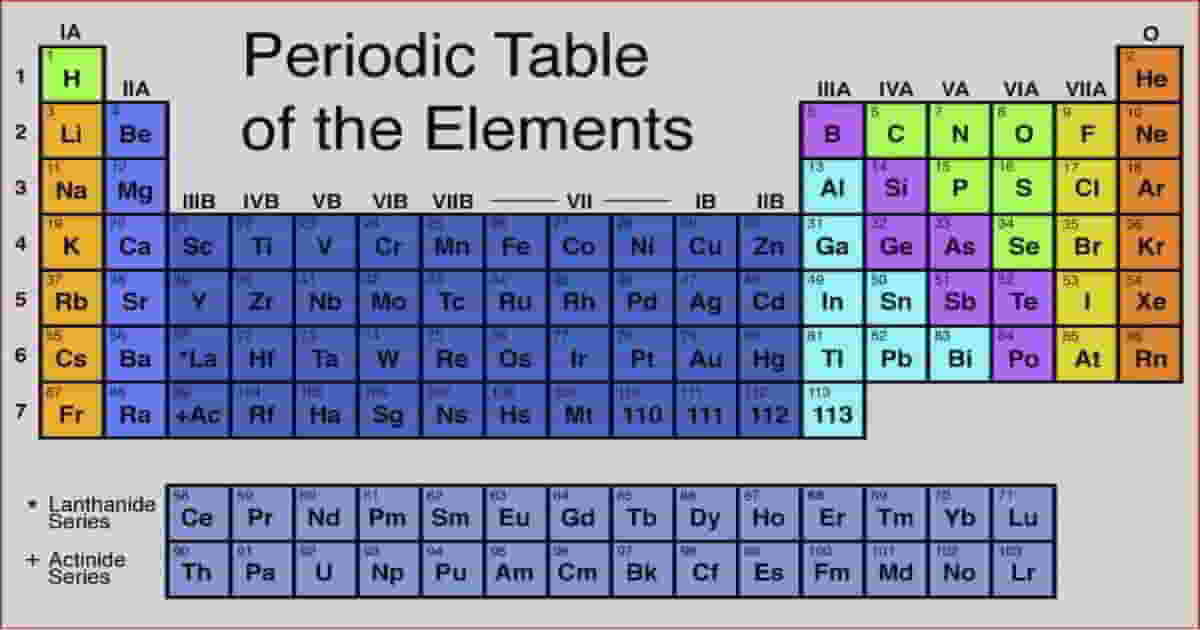Science, in many ways, is a study of pattern. Chemistry, therefore, is the study of the pattern of interaction between substances often involving energy.
The Periodic Table neatly summarizes that pattern of interaction and relationship between one group of substances: the elements.
So, when The Table is introduced to secondary school students, it’s crucial that they understand the meaning of the term Periodic and how it applies in the context of THE Table! 🙂
About a month ago, I had the first opportunity to teach students at Jana Uddhar School. (The school is the first Collaborative School in the country managed by my mate Pete Pattisson. I have been volunteering there part-time since returning from my recent long US trip.)
Towards the end of May, I taught two lessons. I have already written a blog post about the lesson I had with the fifth graders. This one is about 10th graders and my work with their Science teacher, Namrata. At the time, as you may have guessed already, the 10th graders were studying The Periodic Table.
After observing her lesson, I sat down with Namrata to discuss ways to teach the topic.
Like pretty much all government schools COMMITTED works with and all government schools I have visited and seen — and I have seen many — the school has no science lab, no chemicals, no instruments etc. etc. etc.
And yet, these students have to learn not only facts and figures about the elements in the Periodic Table, but also their reactivity, such as those of Group 1 metals and Group VII non-metals, without ever even seeing most of the elements they have to study about, forget about seeing their reactions.
The challenge was to show to students what happens when elements react and explain their reactivity. Why for instance Group 1 & 2 metals have the physical and chemical properties they have etc.
In the days when I didn’t have a data project, I remember using acetate paper on an Over Head Projector (OHP). To represent different electron shells around the nucleus of an atom, I would have concentric circles drawn on the paper. Coins on the circles would stand in for electrons.
I would also provide paper copies of the acetate paper and coins to groups of students and have them model chemical interaction between atoms of different elements. But even in those days, where I worked, they had a lab, chemicals and instruments. I was therefore able to show reactions as well as to make the students do experiments themselves.
Jana Uddhar does not have an OHP either. Even if they did, they don’t have regular electricity anyway!
So I suggested that she use the students themselves to model interactions between atoms. All she needed to do was draw big concentric circles on the floor and have the student themselves stand in for electrons. Then mimic movement of electrons between atoms to show and explain what happens at the atomic level when elements react with one another.
When modelling atoms and reactions that way, the changes in size of atoms resulting from stronger pull from the nucleus when moving across a period, for instance, can be easily demonstrated.
But before all that, the students really needed to understand the meaning of Periodic and how it applies to The Table.
So, the first time I taught her 10th graders on May 27, I went over the concept of periodic using music, just as I have done in the past. (I have also had my students dance salsa during the lesson to reinforce the concept.)
A number of them recognized Arun Thapa’s Jati Maya Laye Pani. Some were able to sing along. As expected, they were able to easily recognize the repeating pattern in the music. Of course, they readily recognised how there are intervals between the chorus and how and where the music returned again and again to the chorus etc.
Listening to Olga Tanon’s Basta Ya, a music genre they weren’t familiar with and in a language they didn’t understand, they were able to recognize the repeating pattern in this song as well and were able to even anticipate the return to the chorus, for instance.
The Periodic Table also has patterns — in structure of the atoms, in physical properties, in chemical properties etc. — going from the left to the right of the table which repeat in every period (a row of elements) in the table! Hence the term Periodic!
I would like to believe that the students now have a pretty good understanding of why the table is called The Periodic Table!
In a later visit to the school, my mate Pete excitedly tells me how my working with Namrata is producing results and wanted to show me a video. It was that of Namrata and her students modelling atoms and their behaviors just the way I had suggested! How cool is that?! My heart warmed!
So, there you have it, me trying to improve science teaching at government schools in Nepal, by effecting little changes in the way teachers teach.
Oh, and the giant leap…is coming! 🙂


